Look under the hood of our nation’s economy and you will quickly understand the impact trucking has on commerce. Look again and you will see that safety compliance is a primary factor keeping those trucks on the road.
Highways and roads are safer when safety regulations are followed. If regulations aren’t followed, then trucking can quickly become a costly and dangerous venture. Accidents don’t just potentially put tractor-trailers out of commission. They can also cause serious injury or death to truck drivers and others who share the roads with them.
Safety and compliance matter to all involved in trucking, whether they’re an owner-operator of their own truck or a motor carrier responsible for a fleet.
“Safety and compliance are important for owner operators and motor carriers alike because it ensures the safety of themselves, their drivers, those around them and their equipment on the road. It protects their livelihood in being crucial to their business and is a priority to their customers,” says one trucking industry safety expert.
Federal Motor Carrier Safety Regulations
Because non-compliance may put lives and livelihoods at risk, safety is always a top concern among truck drivers and motor carriers. There are many regulations both must follow to show they prioritize operating their businesses.
Those regulations can be found in the Federal Motor Carrier Safety Regulations Handbook, also known as the Green Book. They’re also available online. These are the legal requirements that ensure truck drivers remain safe and that their employers fulfill their obligations to achieve that goal.
“Regulations and enforcement are established to improve safety by reducing crashes, injuries and fatalities involving large vehicles like trucks and buses,” the expert said. “As a core value in transportation, it allows us to keep America running and customers aware of your companies’ priorities.”
As previously mentioned, valuing the role these regulations play in keeping everyone safe and the economy running smoothly builds trust and a positive reputation for our industry.
The following section outlines some of the most important safety and compliance requirements for owner-operators and motor carriers.
DOT Numbers and Safety Ratings
The Department of Transportation (DOT) assigns a unique number to every motor carrier. Owner-operators are also required to have a DOT number. The numbers must be displayed prominently on both sides of the truck, most often on the doors.
DOT numbers are used to track motor carriers’ and owner-operators’ Compliance Safety Accountability CSA score. The score indicates how well a carrier, vehicle or driver adheres to safety standards.
Higher scores could be representative of higher risk and indicators to the FMCSA of needing intervention. Customers may also look up what areas or BASICs (Behavior Analysis and Safety Improvement Categories) a carrier may be over threshold in.
Driver Qualifications and Medical Certifications
A CDL is not the only qualification a driver must have to operate a truck. There are a number of documents and certificates that they need to maintain.
The primary requirement for all drivers, though, is a medical examiner’s certificate, also referred to as a medical certificate or med cert. This document proves that a driver is physically able to drive a commercial motor vehicle.
Drivers must keep an up-to-date medical certificate on file with their state’s licensing agency and employer. The medical certificate must be linked to their license and included in their Driver Qualification file.
The DOT also requires motor carriers to keep a driver qualification (DQ) file for each driver. The DQ file must contain the following documents:
- Inquiry to state agencies for driving record
- Review of driving record
- Medical examiner’s certificate
- Employer note verifying that medical examiner is listed on National Register of Certified Medical Examiners
- Driver’s application for employment
- Driver’s road test certificate or equivalent
- Inquiry to previous employers: safety performance history records request
- Safety performance history records: driver correction or rebuttal
- Inquiry to state agencies for three-year driving record
- Pre-employment drug and alcohol documents
- Entry-level driver training certificate
- Longer combination vehicle (LCV) driver training certificate, if driving an LCV
- Longer Combination vehicle (LCV) certificate of grandfathering, if driving an LCV
- Multiple-employer drivers if using another carrier’s drivers
- Skill performance evaluation certificate if required with the driver’s physical
- Entry-level driver training certificate, depending on experience
Hours of Service
Hours of Service, or HOS for short, are a major focus for all stakeholders in trucking. HOS regulations set time limits on how long a driver can be on the road within the contiguous US. They also set standards for mandatory rest.
HOS rules include the following:
- 14-hour shift limit: Once a driver has reached 14 hours on-duty, they cannot operate their truck until they take a 10-hour break off duty.
- 11-hour driving limit: A driver cannot drive for more than 11 hours within their 14-hour shift.
- 60/70-hour limit: Drivers who don’t operate each day cannot drive once they have reached 60 hours on duty within a seven-day period. That limit extends to 70 hours within eight hours for drivers who operate daily or if their carrier operates daily.
- 34-hour restart: Once the 60 or 70-hour limit has been reached, drivers must have 34 hours off to restart the weekly limit.
- Rest breaks: Drivers must take a 30-minute break after having driven for eight hours.
- Split sleeper berth rule: This rule allows drivers to split their ten-hour off duty period into two shifts, either 8/2 or 7/3.
Drug and Alcohol Use and Testing
Monitoring and testing for drug and alcohol use is, understandably, a major focus of trucking regulations.
Any driver who operates a commercial motor vehicle that requires a CDL on public roads is subject to DOT drug testing requirements. Those requirements include the following:
- Pre-employment testing
- Random testing
- Post-accident testing
- Reasonable suspicion testing
- Return-to-duty testing
- Follow-up testing
Employers of these drivers, such as motor carriers, must have their own random testing program that they administer. Employers must also inform employees of these programs.
Self-employed owner operators are required to be part of a random program themselves.
Inspection, Repair, and Maintenance
Both truckers and fleet owners are responsible for keeping their vehicles in good condition to meet DOT compliance.
All trucks must undergo regular inspections and safety audits. Carriers and owner-operators need to keep a written preventative maintenance program for each vehicle and keep accurate records.
Safety Audits and Inspections
The final points we’ll touch on are safety audits and inspections.
New motor carriers or owner-operators will need to pass a new entry safety audit, while those who have been in business must still be prepared for an audit in case a safety rating, previous violations or an incident triggers a review.
DOT safety inspections are completed roadside by a state trooper or other safety officer. There are eight different levels of inspections. These inspections can be focused on the vehicle, driver or both.
DOT safety audits can occur on- or off-site. On-site audits are conducted in-person by DOT personnel, while off-site are conducted remotely and require those being audited to submit relevant documents online. Audits include reviews of driver records, vehicle records, drug and alcohol program, safety policies, accident records and hours of service. Violations can come with large fines.
Those who fail an audit may be able to continue operations while working on a corrective action plan or can be shut down completely. Failing to complete the corrective action plan, or if receiving an out of service order, will result in loss of FMCSA registration and authority.
Those who pass a new entry safety audit enter an 18-month monitoring period. If no violations are found during that period, then the individual or carrier is granted permanent operating authority.
Trust Ten Four Trucking Insurance
At Ten Four Truck Insurance, our priority is supporting drivers—not just with coverage, but with helpful insights across the industry.
If you’re exploring your insurance options, you can request a quote or check your rate in just a few minutes.
